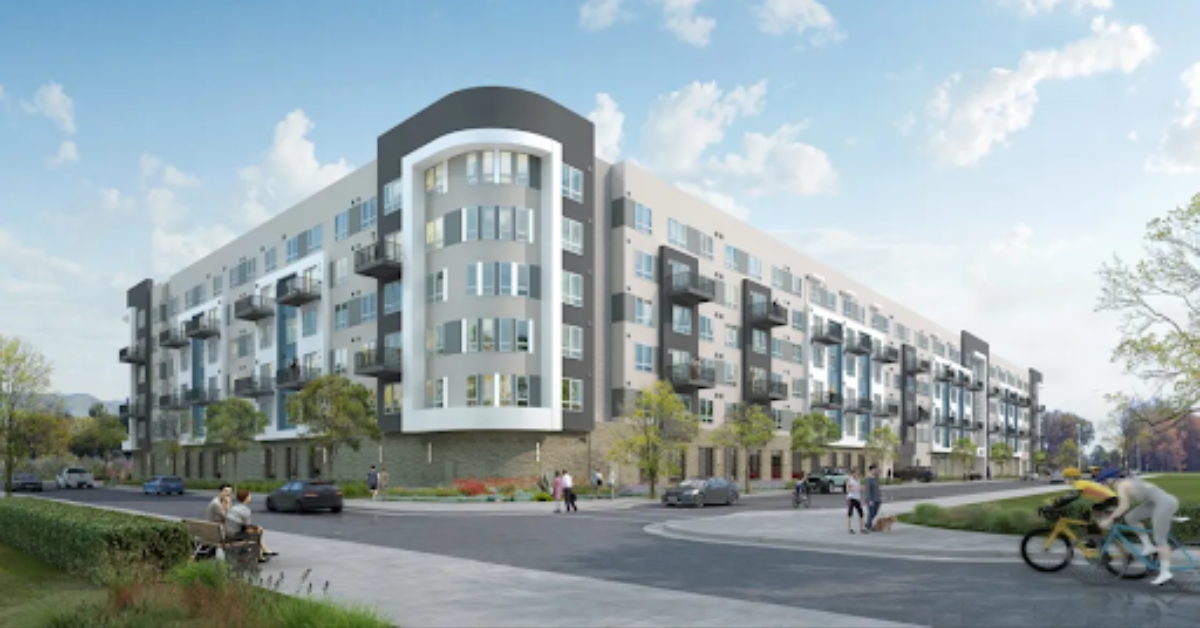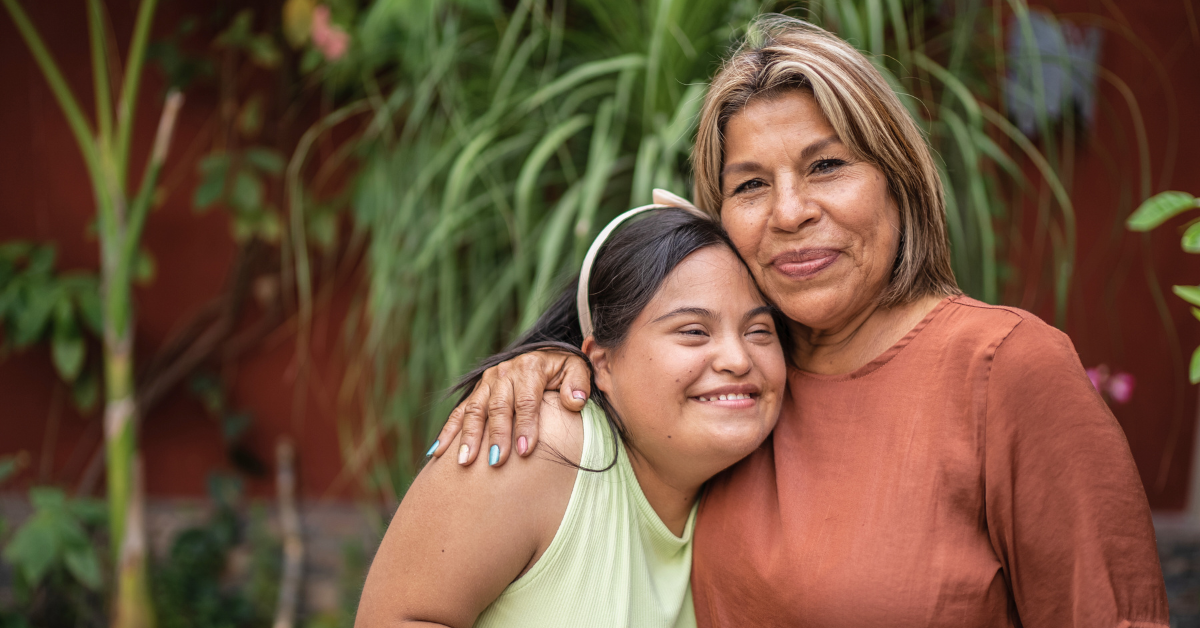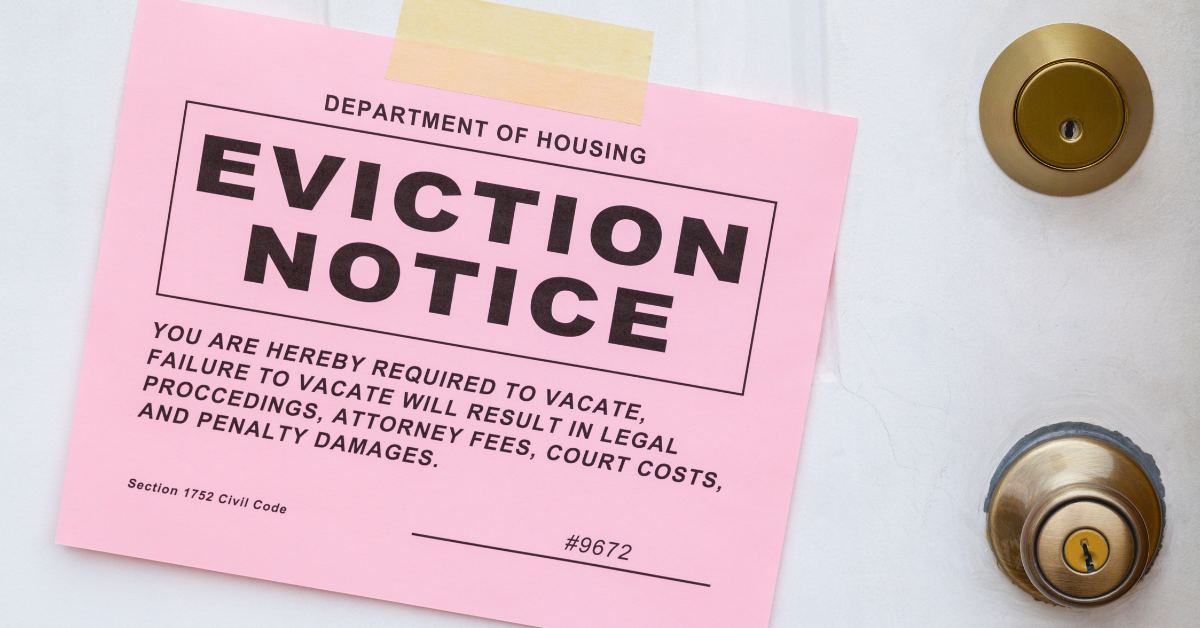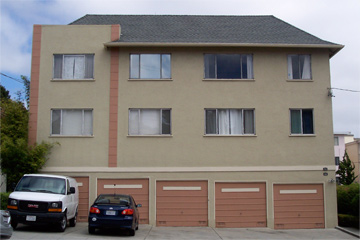Soft-story building construction is a term used to describe low-rise, multi-story, wood-frame apartment structures with structural weaknesses on the first story. These buildings lack the engineering systems provided by plywood shear walls, brace frames, or concrete walls that protect both structures and lives in the event of an earthquake. This type of construction is typical of the majority of apartments built in the late-1960s and early-1970s where parking spaces located on the first-floor, often referred to as “tuck-under parking,” provide insufficient support for the apartment units above.
At the time they were constructed, these buildings met building code and structural requirements, but over time they have proven to be extremely vulnerable to collapse and failure in earthquakes. It was the 1994 Northridge earthquake in Los Angeles that brought this vulnerability to the attention of the engineering community and building departments. That event resulted in 57 deaths and more than 8,700 injured persons, the majority as the result of the catastrophic collapse of soft-story buildings.

The table below shows where 2,630 soft-story buildings were located in Santa Clara County, by city, in 2003, the latest available inventory. This number would not have increased since then because of current Building Code requirements, though it is possible that it has decreased assuming that some buildings may have been demolished. Based on the average number of units per building compiled by Mountain View city staff, it is estimated that there are 26,750 units in soft-story buildings throughout County.
| City or Place | Number of Soft-Story Buildings |
| Campbell | 221 |
| Cupertino | 53 |
| Gilroy | 71 |
| Los Altos | 19 |
| Los Altos Hills | 0 |
| Los Gatos | 96 |
| Milpitas | 55 |
| Monte Sereno | 0 |
| Morgan Hill | 37 |
| Mountain View | 111 |
| Palo Alto | 130 |
| San Jose | 1,093 |
| San Martin | 0 |
| Santa Clara | 320 |
| Saratoga | 9 |
| Stanford | 0 |
| Sunnyvale | 415 |
| Total | 2,640 |
Because of their age, these units represent a significant portion of the critically important housing supply where lower-income households live.
Retrofitting soft-story buildings is expensive. The City of Oakland, which has a mandatory retrofit program, advised property owners that they should expect to spend between $10,000 and $25,000 on the retrofit design and related program requirements, depending on the building and site complexity and the availability of building records. Oakland further advised owners that the actual retrofit work will typically cost between $40,000 and $200,000, again depending on the size and complexity of the site and the building.
The City of San Francisco also has a mandatory retrofit program. In this case, the City offered financing in the form of an additional assessment on the property tax bill that repays that property’s share of a municipal bond. In effect, because such bonds are priced about 1 percentage point below standard commercial loan rates, the property owner would receive a 30-year, amortizing loan at a below-market interest rate. This financing mechanism provides a significant incentive for property owners to comply with the mandatory safety upgrades by considerably lowering the up-front costs.
Table Source: “Inventory of Soft-First Story Multi-Family Dwellings in Santa Clara County,” prepared by the Collaborative for Disaster Mitigation at San Jose State University, June 20, 2003



